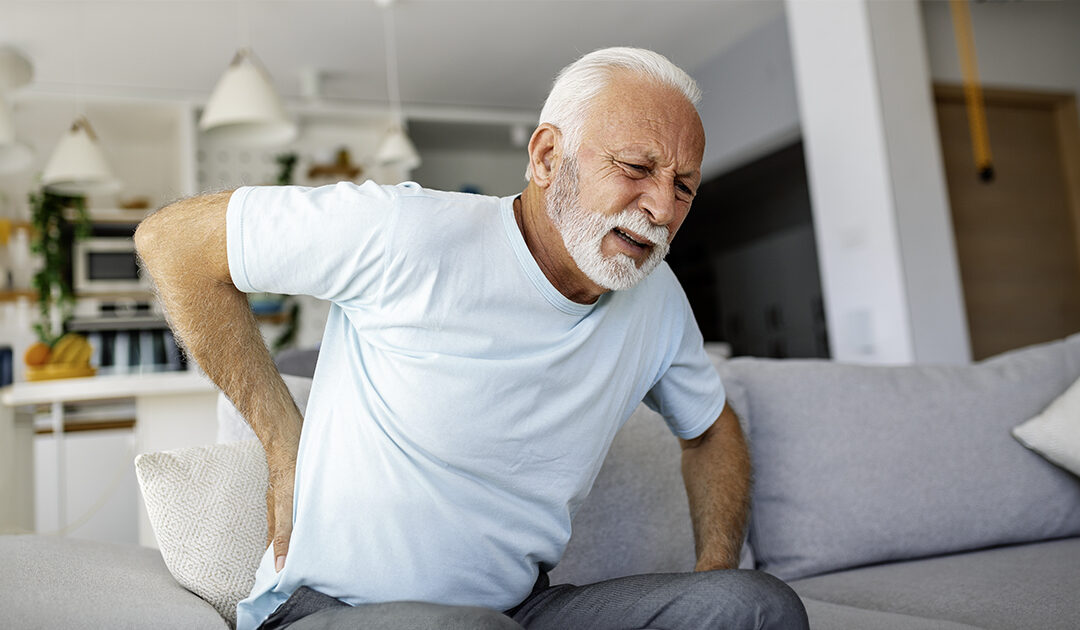
by Comprehensive Orthopaedics | Nov 20, 2023 | pain, Spine, Wellness
“Oh, my aching back!” Everyone has uttered these words at some point, in response to the sharp, sudden pain that comes with back spasms. This article will explore the causes of back spasms, their symptoms and, most importantly, effective treatments....

by Comprehensive Orthopaedics | Jun 26, 2023 | pain, Spine, surgery, Wellness
If you have had a sharp pain shooting down one leg, you may be experiencing a condition called sciatica. Here is what you need to know about sciatica, including what it is, its causes, symptoms and treatments. Plus, learn about medications, self-care and stretches...

by Comprehensive Orthopaedics | Jun 26, 2023 | pain, Spine
If you suffer from upper back pain, it’s time to reclaim your comfort and regain control of your daily life. Relief from this debilitating condition is within reach. Here, you will learn about the causes of upper back pain and strategies to alleviate your...

by Comprehensive Orthopaedics | Jun 26, 2023 | pain, Spine
The phrase “pain in the neck” is a tongue-in-cheek way to describe annoying situations or people that test our patience, but for those who experience genuine neck pain, it’s no laughing matter. Neck pain can be a debilitating condition that affects...

by Comprehensive Orthopaedics | Jun 26, 2023 | pain, Spine
“Oh, my aching back!” Everyone has uttered these words at some point, in response to the sharp, sudden pain that comes with back spasms. This article will explore the causes of back spasms, their symptoms and, most importantly, effective treatments....

by Comprehensive Orthopaedics | Jan 10, 2023 | Elbow, pain, Wellness
Bicep tears are common, but many people fail to realize that the pain they’re feeling is actually caused by their bicep, not their shoulder. You may not realize it, but you put a lot of strain on your shoulders when lifting weights or playing common sports like...






